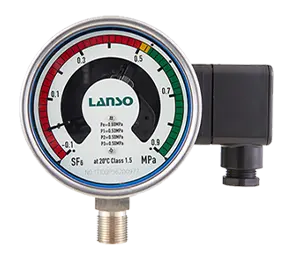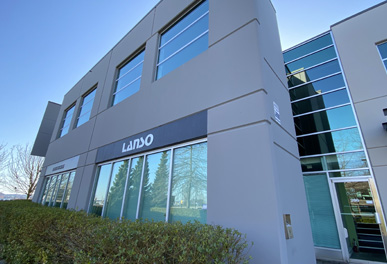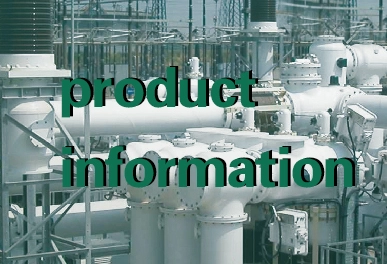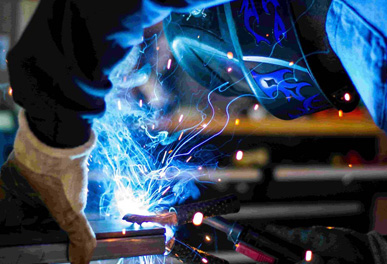Basic Differences between SF6 Relay and Pressure Gauge
The SF6 pressure gauge serves a monitoring function by detecting system pressure, while the density relay monitors changes in system pressure and also serves a control and protection function. The SF6 relay can be equipped with open/close signal contacts at different pressure states. Typically, it has alarm contacts and lockout contacts, whereas the pressure gauge does not have contacts. This is the difference between the two.
Meaning of SF6 Gas Density
Density refers to the mass of a specific substance per unit volume under specific conditions. In SF6 circuit breakers, SF6 gas is sealed within a fixed container. At the rated pressure and 20°C, it has a certain density value. While the pressure of SF6 gas changes with temperature within the allowable range of operating conditions for the circuit breaker, the density value of SF6 gas remains constant. This is because the insulation and arc-extinguishing performance of SF6 circuit breakers largely depend on the purity and density of SF6 gas. Therefore, detecting the purity of SF6 gas and monitoring its density is particularly important.
Density is symbolized by ρ, with units of kg/m3 or g/L. According to the definition of density, the indication value on the SF6 gas density gauge should represent the density unit. Currently, both domestically and internationally, the indication value on density gauges is expressed in pressure converted to 20°C (units: MPa) for convenience of observation.
Based on the ideal gas state equation pv = nRT, it can be seen that pressure (p) has a linear relationship with temperature. When the gas temperature in the SF6 equipment changes, the value on the pressure gauge changes accordingly, which cannot accurately reflect the state of the equipment.
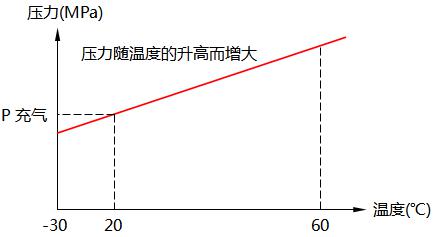
If a regular pressure gauge is used to monitor SF6 gas leakage, it would be difficult to distinguish whether the pressure change is due to actual leakage or temperature variation in the environment affecting the pressure of SF6 gas. In order to achieve continuous density monitoring, national standards specify that SF6 circuit breakers should be equipped with pressure gauges or SF6 gas density gauges and density relays. The pressure gauge or SF6 gas density gauge serves a monitoring function, while the density relay serves a control and protection function. The SF6 gas density relay calibrator is a specialized instrument used for testing various forms of SF6 relays. Its main function is to measure the action pressure value of the SF6 gas density relay contacts and automatically convert the pressure value and temperature value captured by the SF6 gas density relay calibrator at the moment of contact action into the corresponding standard pressure value at 20°C.
